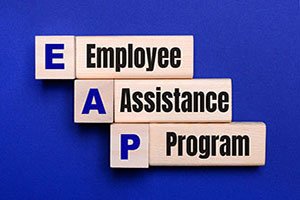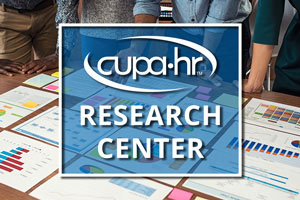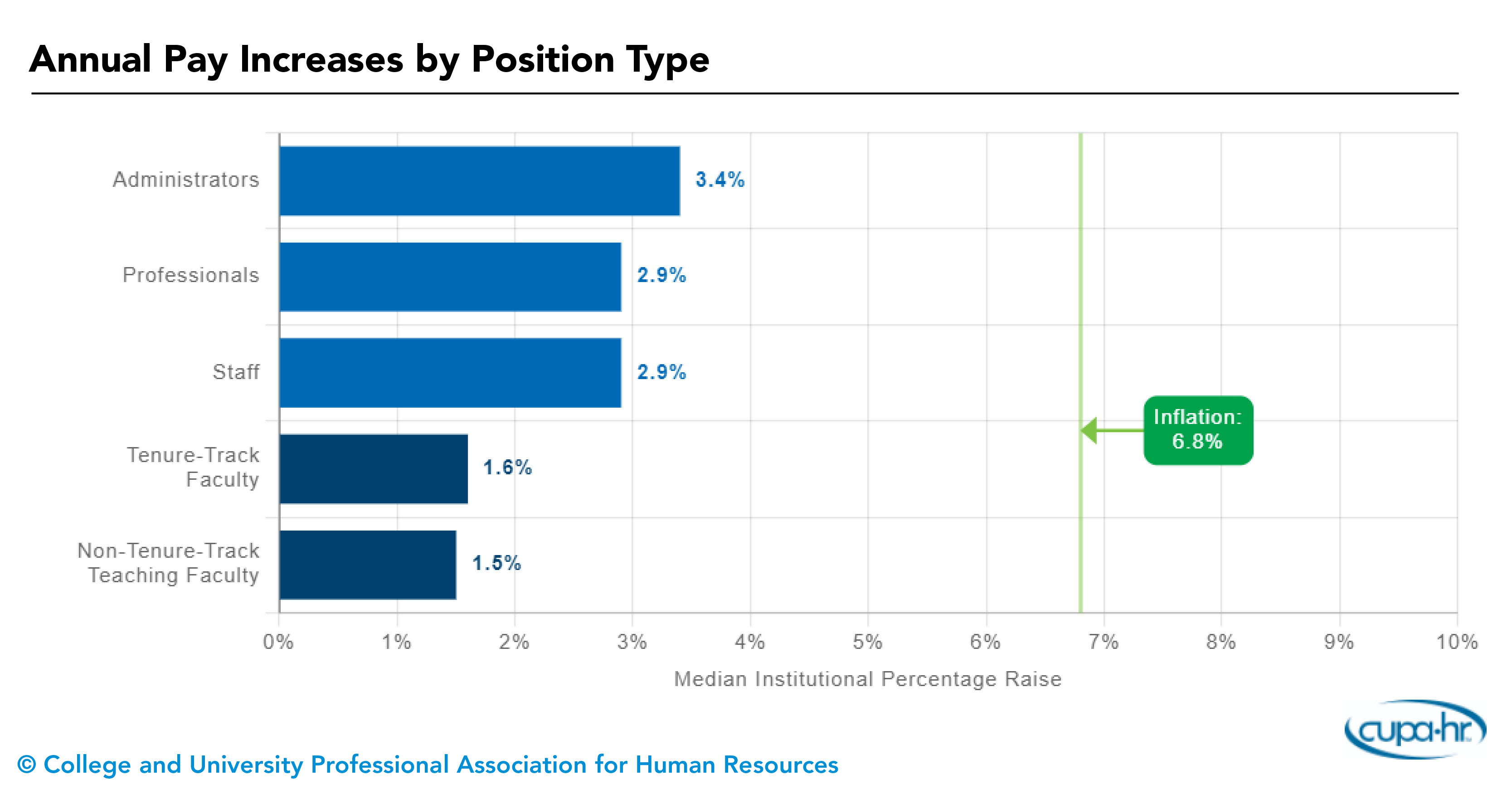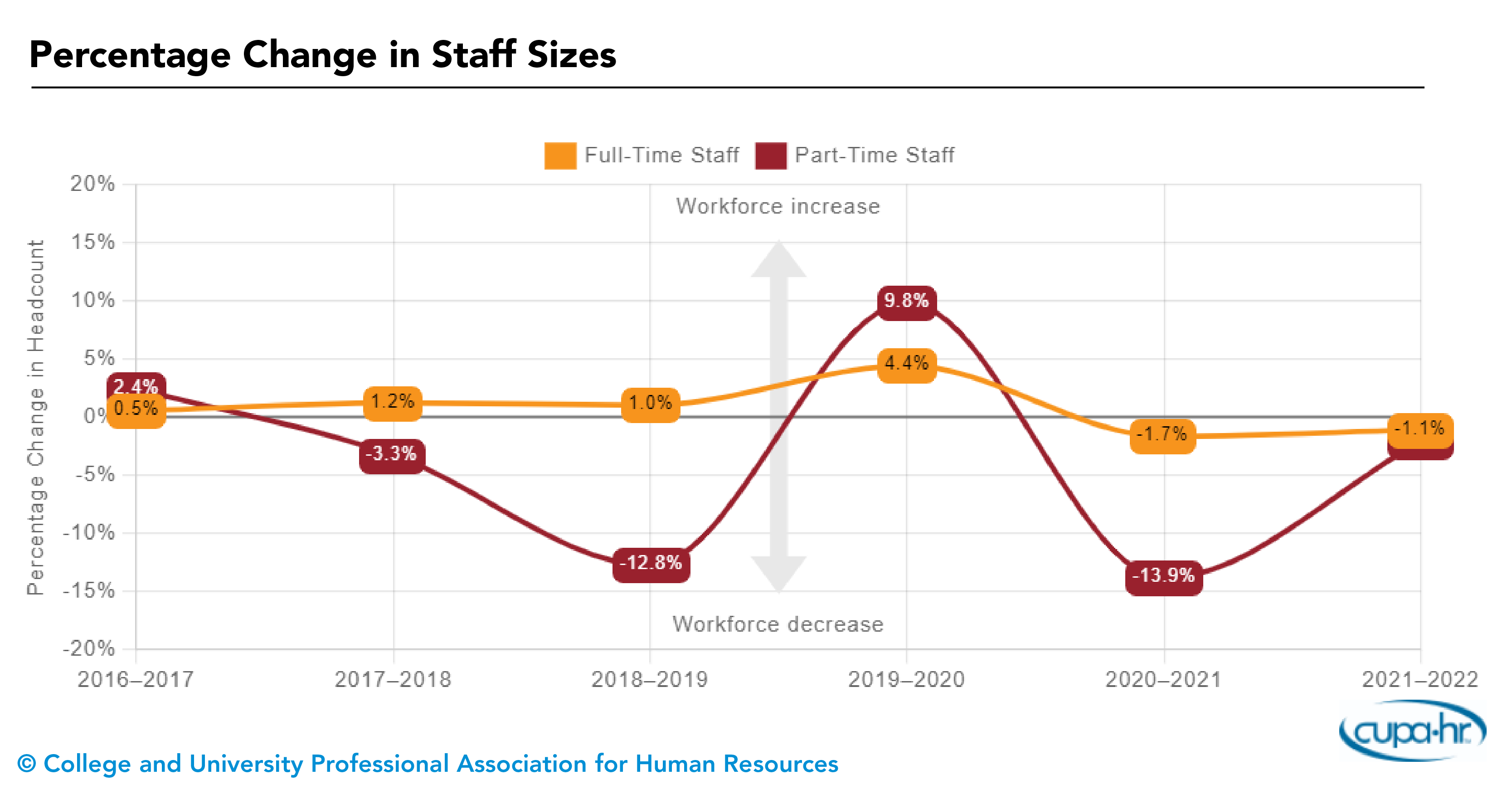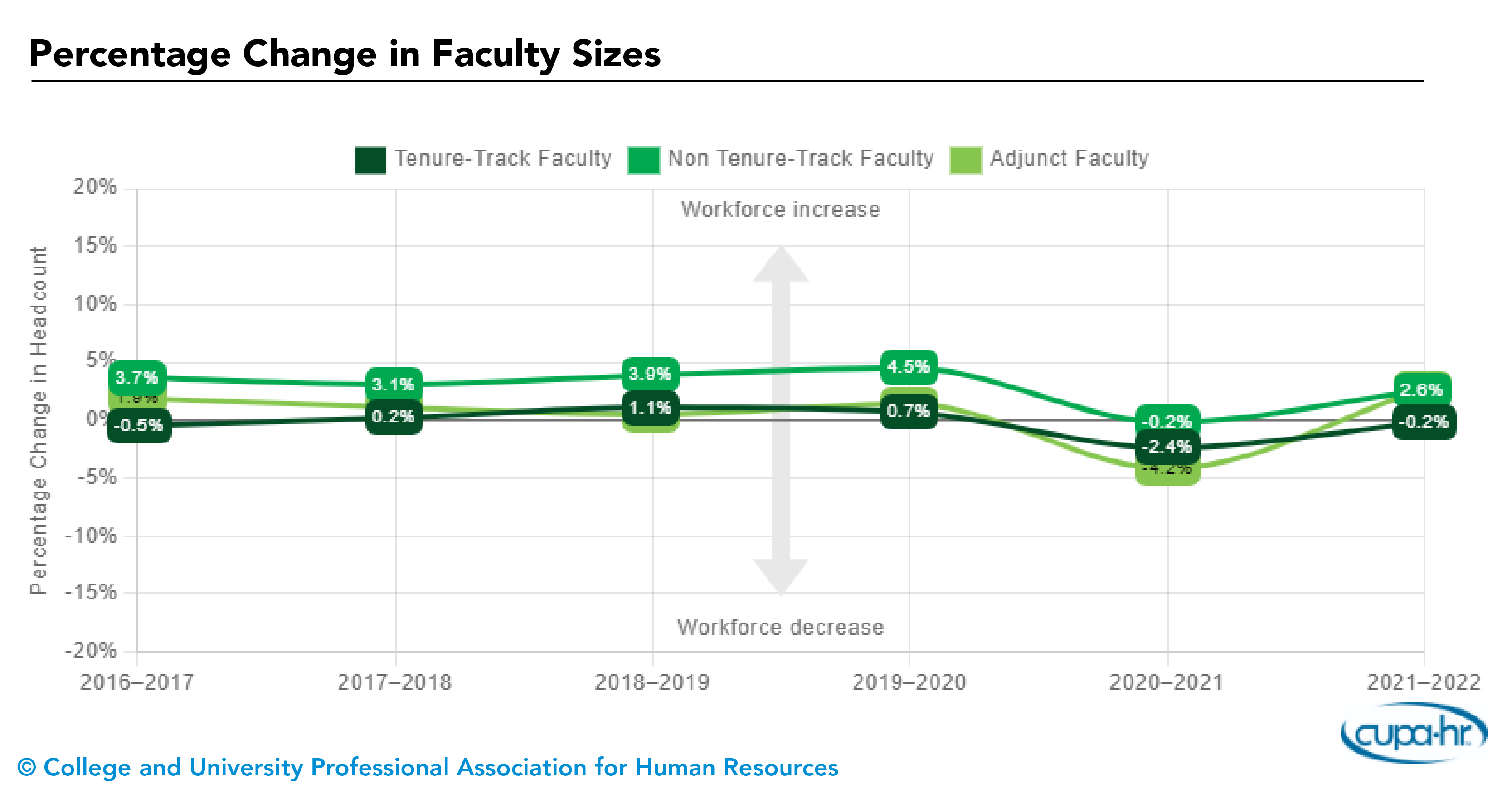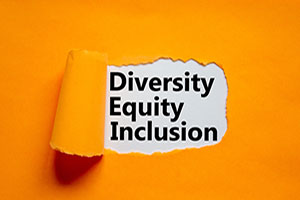by CUPA-HR | March 29, 2023
Consider this scenario: An institution hires a new leader who has previously worked in higher ed. Assuming the individual has already acquired the knowledge and skills necessary to get the job done, HR guides them through a brief onboarding and launches them into their new role. Six months later, HR checks in with the leader to see how things are going and discovers a dissatisfied leader and a team in turmoil. What went wrong?
According to Sara Reed, vice president of people and talent at Western Governors University, HR sometimes falsely assumes that new leaders with higher ed experience know how to get the job done. Consequently, expectations may not be clearly articulated, which can create rough patches for the leader to navigate on their own. In the recent CUPA-HR webinar Building Leader Confidence in Transition: We Can’t Do It Alone, Reed explained that to help create a smooth transition for new leaders and ensure success from day one, HR can consider implementing these strategies in the pre-hire and onboarding phases:
- Pre-hire: Provide accurate and clear position descriptions. HR should be very clear about what the institution is looking for in the role. Is the institution looking for a different leader than in the past, or a leader who meets the status quo? What context is there surrounding the job description that the candidate should be aware of? For example, will the new leader be leading a team that is in transition or turmoil? If so, what resources and contacts can help the new leader in a situation like this?
- Pre-hire: Be clear about the mission of the institution. What mission does this new leader need to advance and further? Do job candidates see the values and beliefs of the institution displayed on the website? Who is included in the interview process? Can a broad number of people be included in the hiring process to send the message that the position is of high importance?
- Pre-hire: Have the individual meet the team they’ll be leading. Create an opportunity during the interview process for the potential new leader to meet the team they’ll be leading. Allowing job candidates and future team members to have conversations beforehand could reveal potential areas of conflict between the two parties.
- Onboarding: Pair the new leader with a skills mentor and a cultural mentor. While a new leader’s knowledge, abilities and experiences in previous positions can be beneficial in helping them succeed in their new role, they still must learn the cultural and political landscape. In the webinar, Reed shared her personal testament to having a “nuts and bolts” mentor and a cultural mentor when she first began working in higher ed. While a “nuts and bolts” mentor explains institutional policies and how to use systems, a cultural mentor can help clue in a new leader to the cultural and political landscape and serve as a “safe space” to ask questions and get insights. As Reed suggested in the webinar, a cultural mentor is someone you can approach after a meeting and ask, “What just happened?”
Interested in more pre-hire and onboarding strategies and tactics to help new leaders in transition? Watch the webinar recording: Building Leader Confidence in Transition: We Can’t Do It Alone.





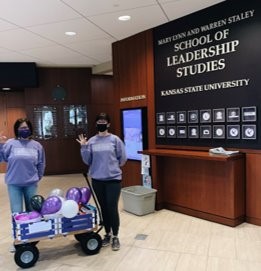 The Braggin’ Wagon was developed by K-State’s Staley School of Leadership, which has a strong partnership with HR. The decorative travelling wagon is filled with treats, candy, small toys and other fun items for the receiving team to enjoy. Once the wagon is delivered to a department, it is up to that department to restock the wagon and deliver it to another department in order to keep the recognition going.
The Braggin’ Wagon was developed by K-State’s Staley School of Leadership, which has a strong partnership with HR. The decorative travelling wagon is filled with treats, candy, small toys and other fun items for the receiving team to enjoy. Once the wagon is delivered to a department, it is up to that department to restock the wagon and deliver it to another department in order to keep the recognition going.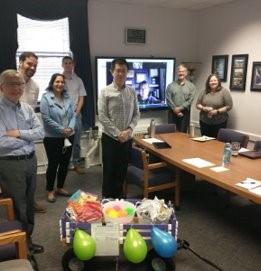 “When K-State resumed in-person work, it was important to put the emphasis on our employees and the solid work they were doing to make a difference. The Braggin’ Wagon was a way for departments to recognize other university partners who contributed to their work in a positive way,” says Shanna Legleiter, associate vice president of human capital services at K-State.
“When K-State resumed in-person work, it was important to put the emphasis on our employees and the solid work they were doing to make a difference. The Braggin’ Wagon was a way for departments to recognize other university partners who contributed to their work in a positive way,” says Shanna Legleiter, associate vice president of human capital services at K-State.

